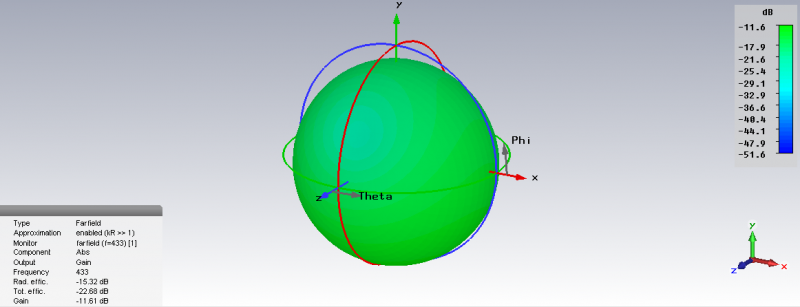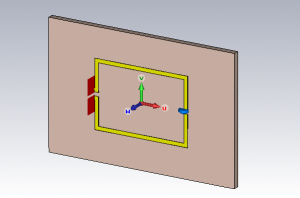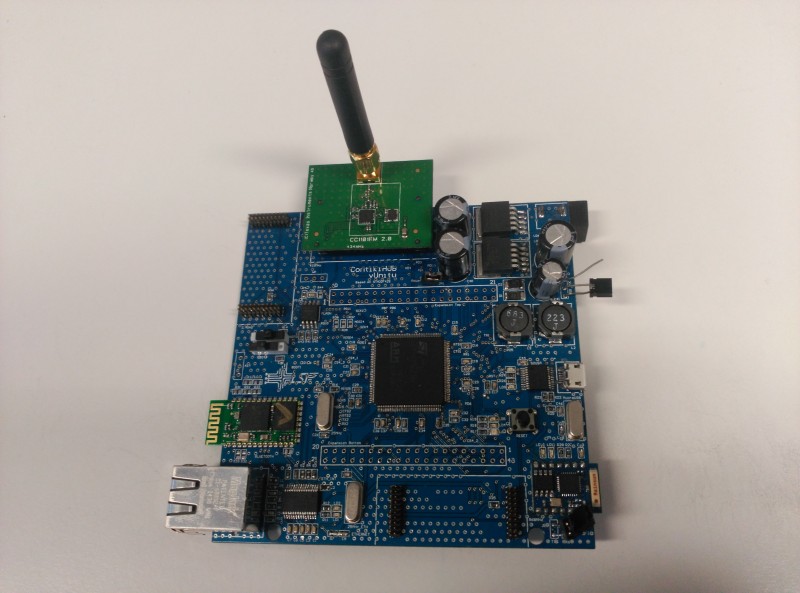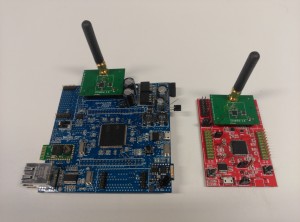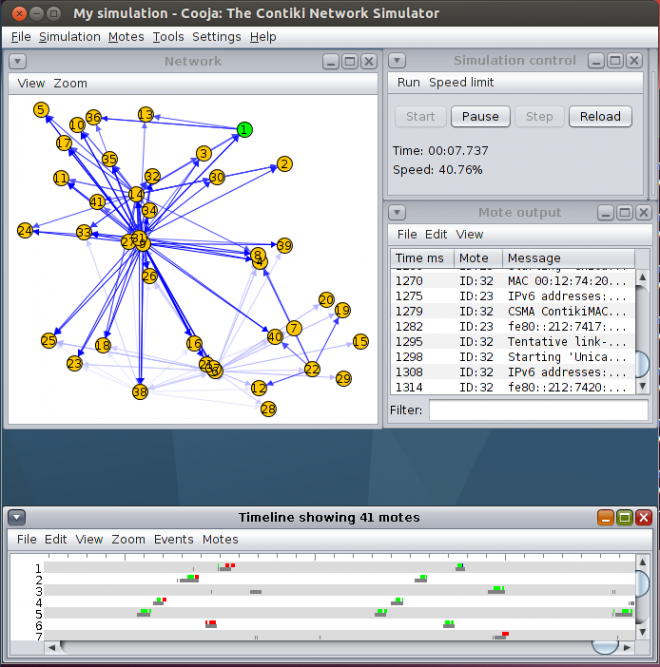Author: Francisco Tirado-Andrés
Advisor: Alvaro Araujo Pinto
Synopsis:
Wireless Sensor Networks (WSN) are networks composed of a large number of small devices that take measurements, process them, and communicate with other devices coordinating their operations. Time synchronization is necessary for that coordination of actions.
Multiple features characterized a WSN. Some of them are Power Consumption, Cost, Network type, Security, Data throughput, Scalability, etc.
WSNs bring us many benefits over traditional wired networks, but they also add difficulties to counteract its limitations.
The functionality of a WSN is very specific to the problem it solves. It is therefore that no single synchronization method is optimal along all axes. Unnecessary synchronization wastes resources; insufficient synchronization leads to poor application performance.
The requirements that are entailed to the various parameters that define the synchronization protocol will come imposed by the specific application to which it is oriented.
Because, it is not the same an application for a distributed humidity control in a natural park where each sample is collected every half hour and synchronization may deviate seconds without affecting the results, that the conditions required for an application of Wireless Surround Sound System where real-time operations and very small deviations are needed for a proper operation of the system.
But today there is no methodology that helps to design or configuration. Neither with the synchronization protocols nor the general system parameters.
There are many difficulties to be resolved because the synchronization protocol must meet not only the requirements of the application for which is designed, but also the intrinsic demands of WSNs.
One application where the results are very dependent on the accuracy of timing synchronization is Structural Health Monitoring (SHM). A configurable protocol which is able to adapt itself to the requirements of the application and the requirements of the system will be more useful and it will be ready for future applications and requirements.
My intention is to contribute, both during, and at the end of this thesis, with a methodology to guide and help implement synchronization protocols in Wireless Sensor Networks. Always keeping in mind that the synchronization protocol must meet requirements of accuracy and precision at the same time should not interfere with the performance of other tasks in the system. In that way the user will be able to adapt the configuration of the system and the parameters to get a productive WSN.



